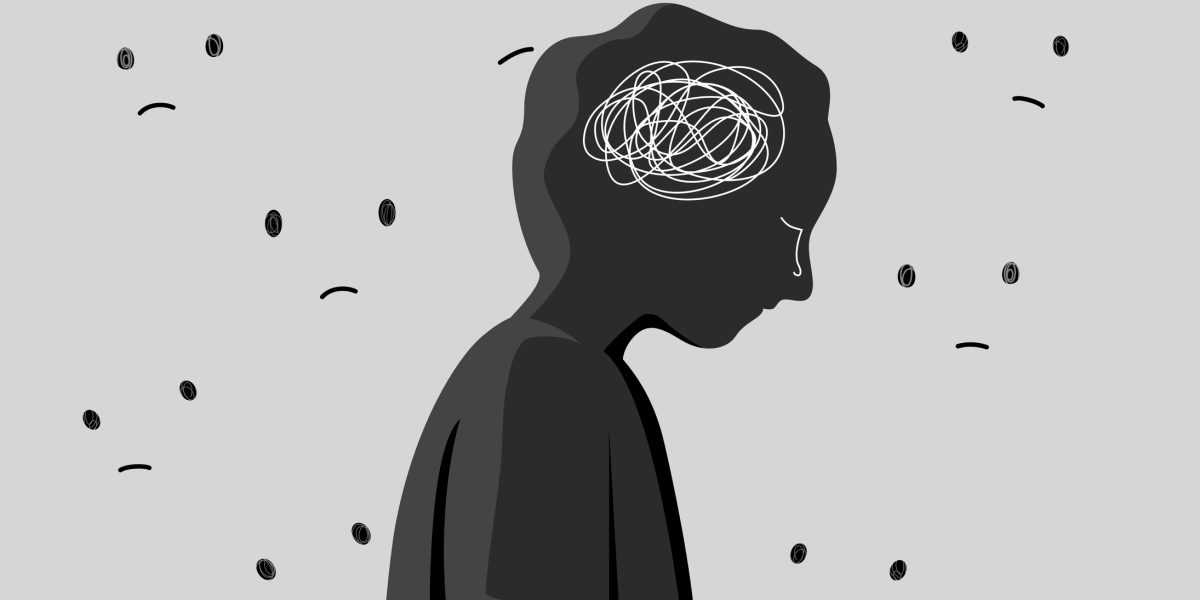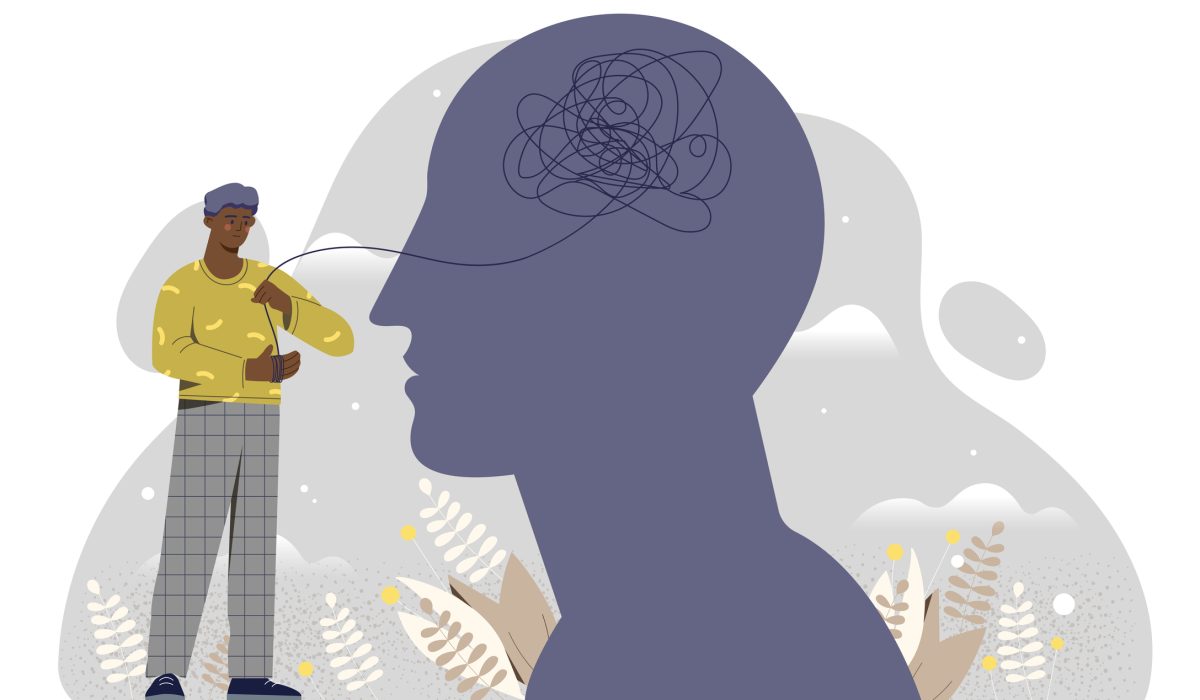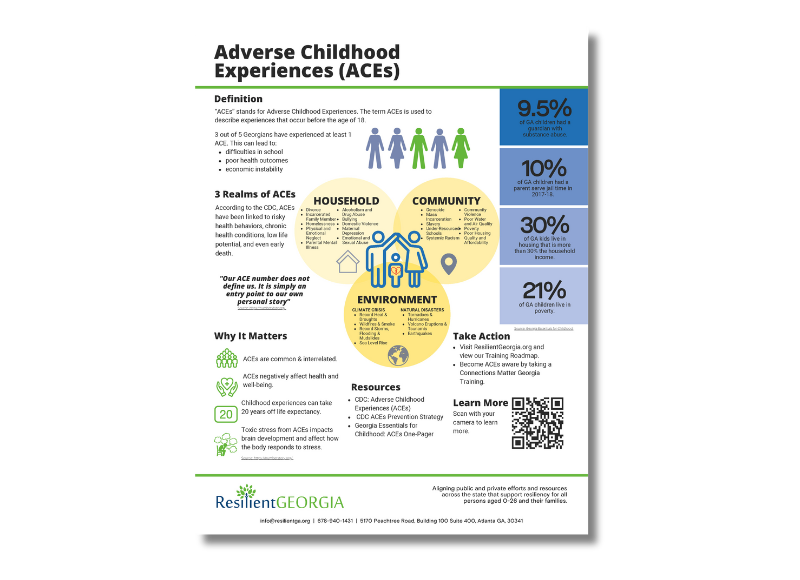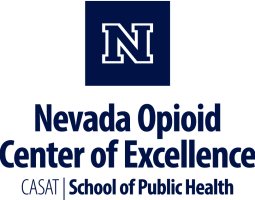
Stigma is the shame or disgrace attached to something regarded as socially unacceptable, a mark of disgrace associated with a particular circumstance, quality, or person.
American Psychological Association
The Center for Substance Abuse Treatment, a part of the Substance Abuse and Mental Health Services Administration, has released a few main points relating to substance abuse-related stigma:
- “Addiction-related” stigma is a powerful, shame-based mark of disgrace and reproach.
- Stigma is generated and perpetuated by prejudicial attitudes and beliefs.
- Stigma promotes discrimination among individuals at risk for, experiencing, or in recovery from addiction, as well as individuals associated with them.
- People with substance-abuse disorders and people in recovery are ostracized, discriminated against, and deprived of basic human rights.
- Individuals who are stigmatized often internalize inappropriate attitudes and practices, making them part of their self-identity.
Substance use is sometimes thought to be a behavior or choice and is not considered to be a disease. However, this thinking disregards the chemical and internal way drugs can alter the human brain. Because of this, people being labeled if they speak out about their drug use, and this may prevent them from seeking tools needed for pretreatment, treatment, and recovery. Stigma is also a barrier in wide spread naloxone, a life saving medication used to reverse opioid overdose.

Ways to Reduce Stigma
Those who face stigma have reported experiencing it from friends, family, healthcare workers, and those in the general public. However, we can help reduce stigma by:
- Using people first language
- Reaching out to those who may need help and providing encouragement and support
- Educating ourselves and others on opioids, opioid use disorder, and the science behind addiction
- Speaking up when you see someone being unfairly mistreated due to their substance use disorder
- Listen to those who have experienced it first hand and respect their live experience and insight
- Take a harm reduction approach to meet people where they are at and minimize risk.
Letting people be people is one of the things I cherish most about harm reduction.
Mary Wheeler
Stigma Reduction Resources
Websites
Guiding Principles for Addressing the Stigma on Opioid Addiction
Stigma Reduction
Tools & Resources
Posters & Infographics

